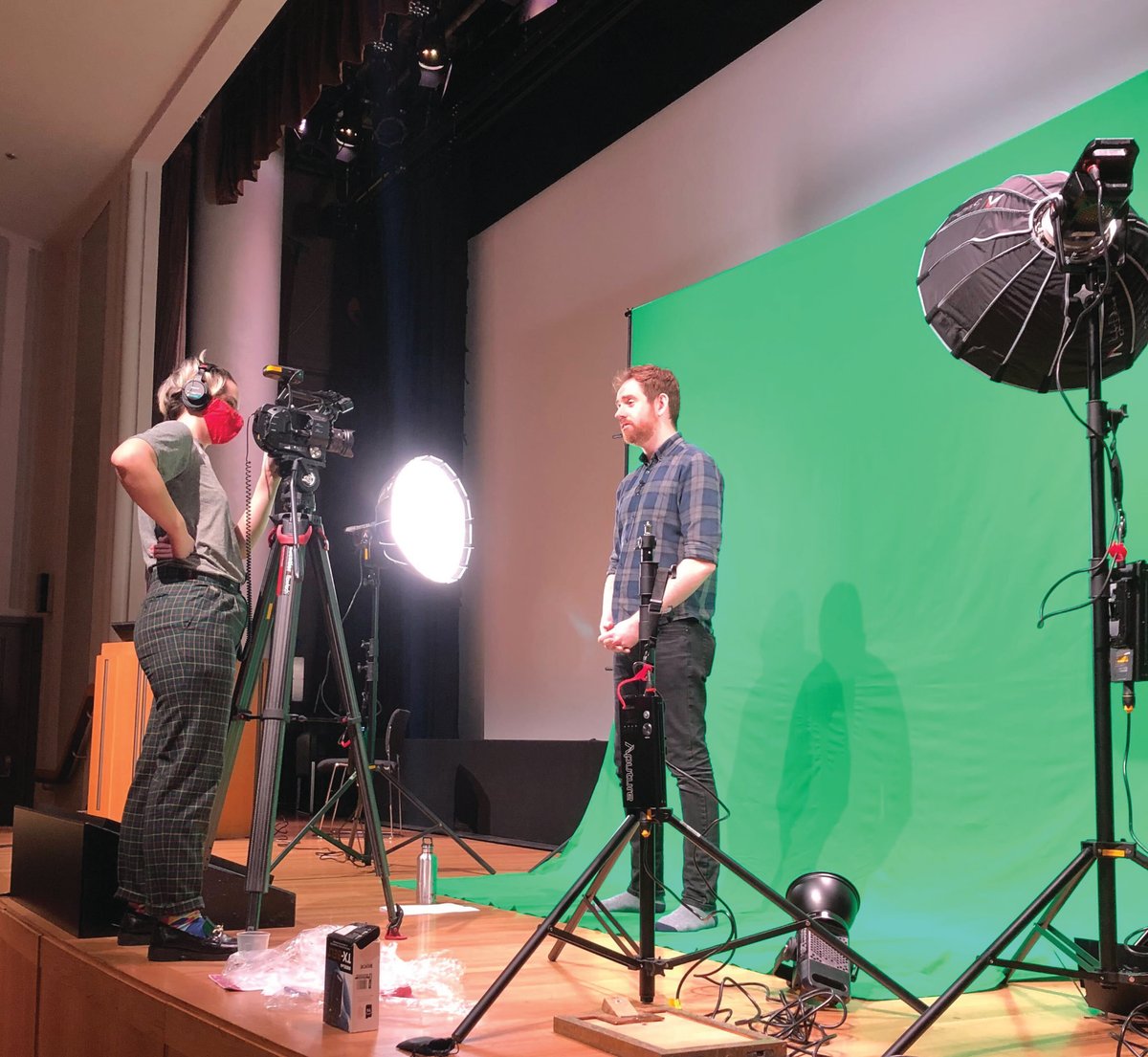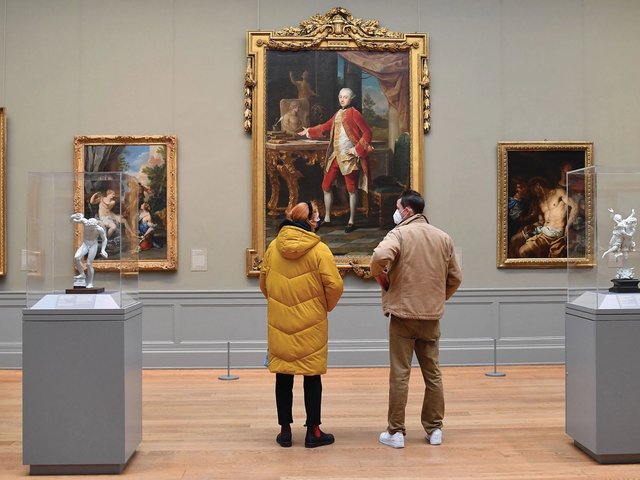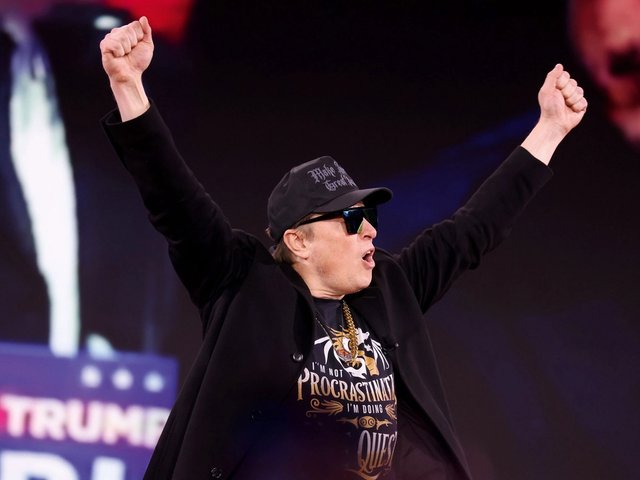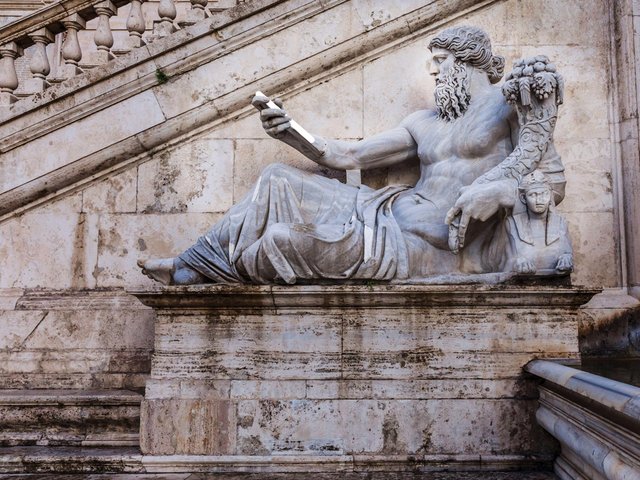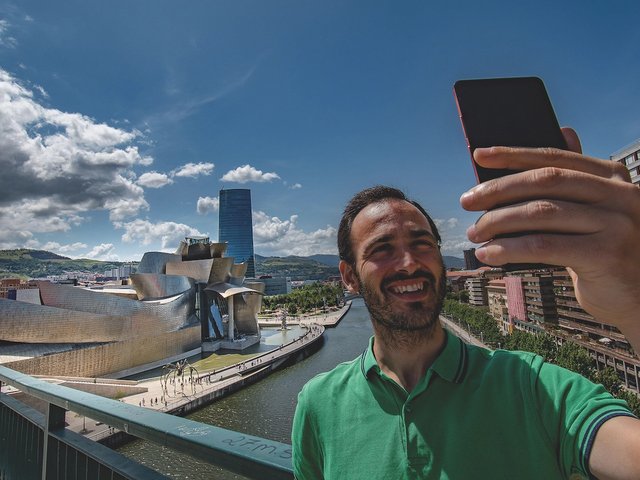We previously predicted that TikTok would cause a commotion in this year’s report on museums’ social media followings. For the third year running, we have added up the total followers for the 100 most-visited museums in our annual attendance survey—previously we included Instagram, Facebook and Twitter followings, but this year we added TikTok to the mix. The result? Surprisingly unremarkable.
The total number of followers on TikTok for all 100 museums is 1.3 million. That is compared to a total of 55.3 million followers on Instagram, 47.3 million on Twitter and 33.6 million on Facebook. The low stats for TikTok are startling when you consider that the platform was the most popular website in the world in 2021, overtaking even Google; it also took the crown of most popular social media site from Facebook, according to the web security and performance company Cloudflare.
TikTok is a high-speed, lo-fi, youthful pool of energy
Museums may be taking their sweet time to sink into the TikTok surge but the tide is surely changing. Last year, Instagram overtook Twitter as the most popular social media platform for museums, but all three platforms surveyed saw growth. This year is a different story. While the top 100 museums on Instagram saw an increase of 900,000 followers this year, the figure is significantly lower than last year’s rise of 30%. And both Twitter and Facebook saw losses of 4.2 million and 2.7 million followers respectively. As the traditional platforms start to shrink, museums will be forced to join sites such as TikTok to find new—and younger—audiences.
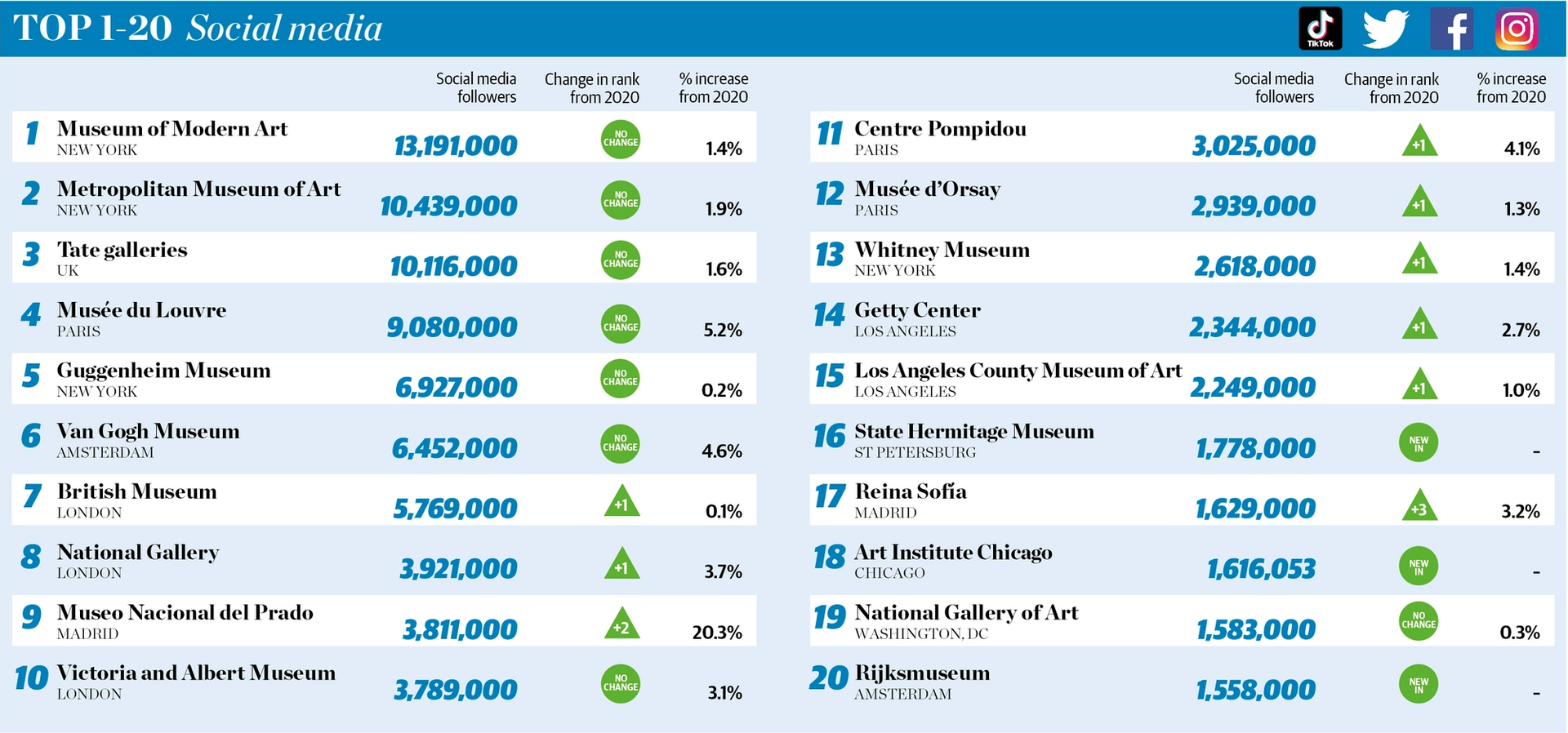
© The Art Newspaper
So why are museums resisting TikTok? Many are old institutions that take themselves very seriously, while TikTok is a high-speed, lo-fi, youthful pool of energy. “It’s all about not having a media plan,” the community manager at the Palace of Versailles, Thomas Garnier, told Bloomberg. “If you’re not intuitive and spontaneous, it can’t work. I don’t even have a schedule for the month ahead.” Such a way of working is unheard of in the world’s behemoth art museums. But TikTok is setting its sights on culture—it has partnerships with Cannes Film Festival and the Royal Shakespeare Company this year and it worked directly with some of France’s biggest museums for the 2020 #CultureTikTok campaign.
Some significant TikTok successes can be seen in the data. The Museo Nacional del Prado in Madrid has the biggest following on the platform, with more than 360,000 subscribers. Posting behind-the-scenes videos (mostly in Spanish), the museum’s TikTok credentials see it jump two spots in this year’s top 20 table. Honourable mentions for TikTok prowess also go to the National Gallery in London, the Rijksmuseum in Amsterdam and the Gallerie degli Uffizi in Florence.
@museodelprado Restaurando la "Transfiguración" (1520-1528) de Gianfrancesco Penni #MuseodelPrado #arte #art #AprendeConTikTok
♬ Pieces - Danilo Stankovic
One country that seems to have many major museums active on TikTok is Russia. The State Hermitage Museum, the State Russian Museum and the Fabergé Museum, all in St Petersburg, have decent followings and this is likely to grow significantly now that the country has banned Facebook and Instagram. As of 14 March, Russia shut down those apps, citing a decision by their parent company, Meta, to allow posts inciting violence against Russian forces invading Ukraine. Many of the final Instagram posts from Russian museums pointed users to join them on Telegram (an encrypted messaging app, much like WhatsApp) and social media platforms including VKontakte, Odnoklassniki and TikTok.
Elsewhere in the most-followed museums table, very little has changed. The Museum of Modern Art in New York remains number one, and nearly all of the same museums appear on the list. While last year’s mostly double-figured percentage increases in follower numbers reflected the Covid-fuelled digital existence we had all been living, this year’s findings are much more staid. Most museums’ social media followings increased only very slightly—perhaps a reflection on our slow return to the real (museum) world. Could we see an overall loss of followers from some of the top 20 most-followed museums next year? Only time will tell. Tik…Tok…


